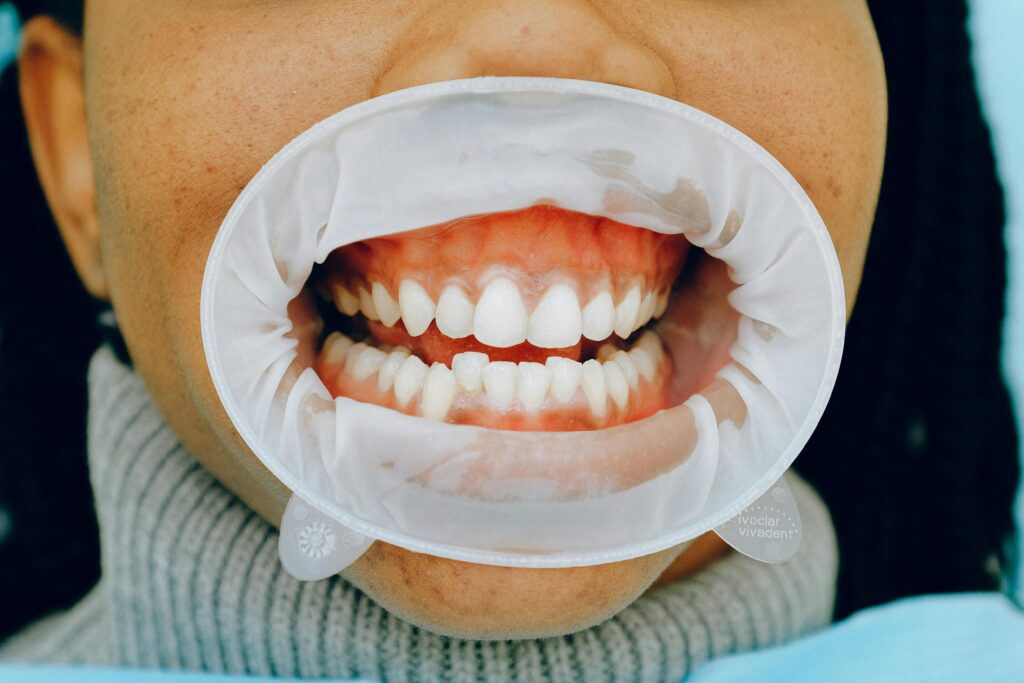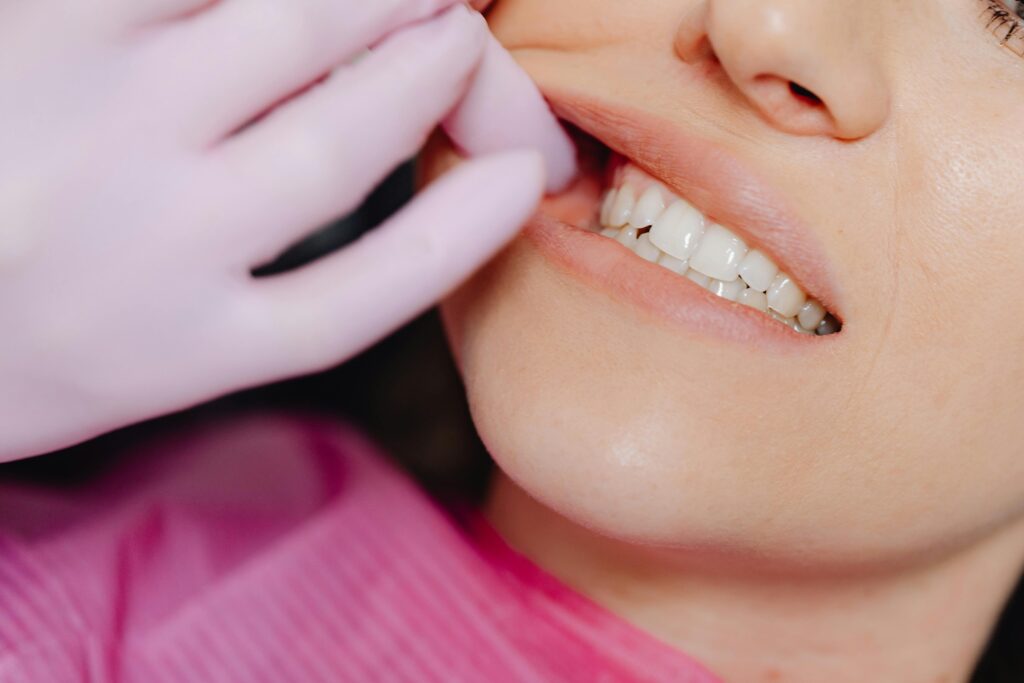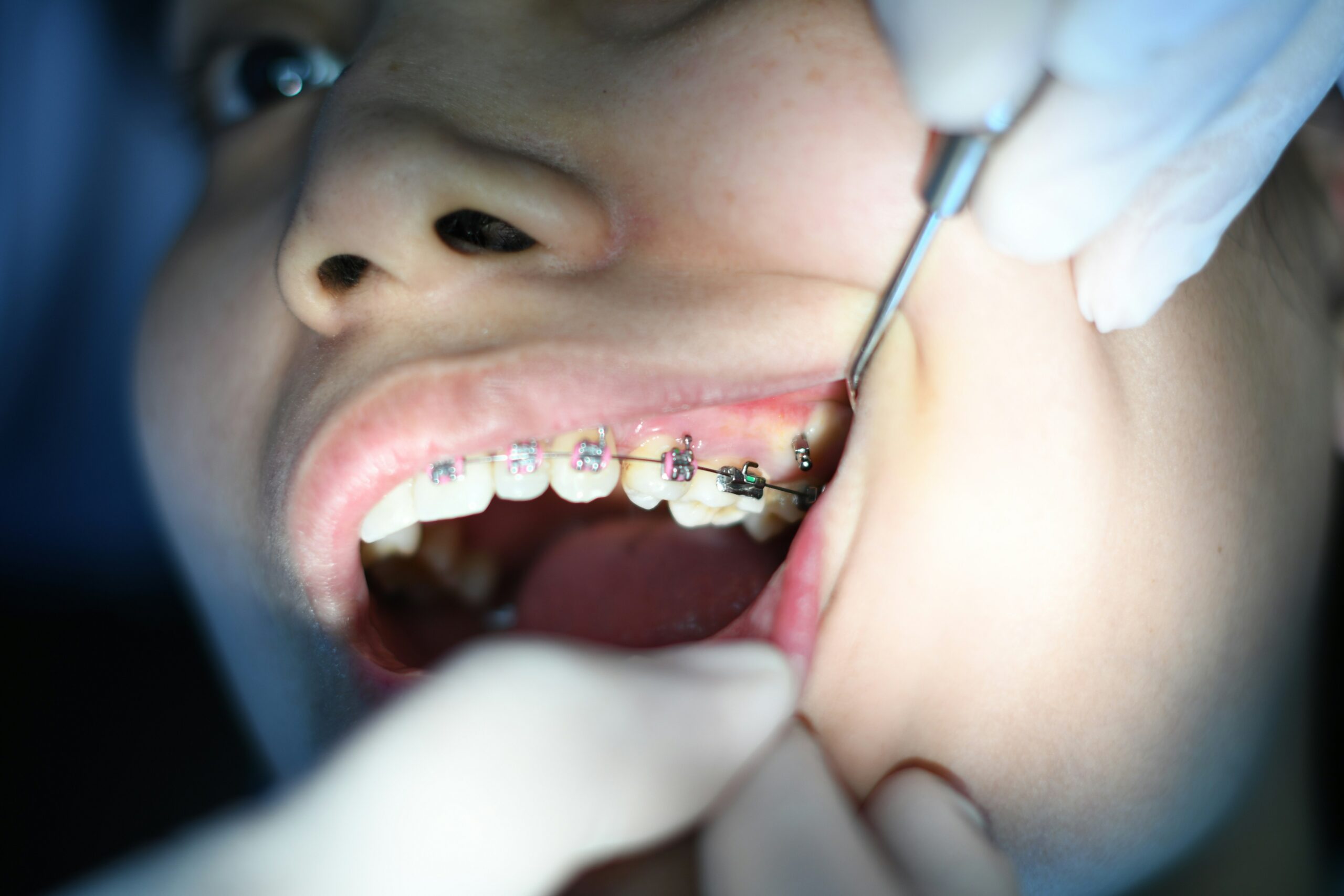Back-to-school season is here, with new classes, new schedules, and maybe even new braces. If your teen is starting orthodontic treatment this fall, you are probably wondering, how long do you have to wear braces? The answer is not one-size-fits-all. Treatment timelines can vary depending on age, the type of braces or clear aligners, and how closely your teen follows their orthodontist’s instructions.
Starting braces at the beginning of the school year can be a smart move. It gives your teen a chance to settle into new routines while adapting to their orthodontic care. This helps them have a smoother, more predictable treatment timeline, making it easier to manage regular appointments, rubber bands, and proper oral hygiene. Planning ahead also reduces stress for parents and ensures a more comfortable transition into school life with braces.
Typical Braces Timeline
The average time a patient wears braces is 18 to 24 months, though several factors can affect the exact treatment duration. Crowding, bite alignment issues, jaw alignment, and age all play a role. Younger kids may sometimes need phased treatment, while teens often follow a more straightforward timeline.

Treatment is highly individual. Some teens may need only 12 months, while others require 30 months, depending on crowded teeth, bite issues, or misaligned teeth. Following your orthodontist’s instructions carefully is crucial. This includes wearing rubber bands, keeping up with brackets maintenance, and practicing proper oral hygiene to prevent tooth decay during the treatment process.
Why Back-to-School Is Ideal for Teens
Starting orthodontic treatment at the beginning of the school year has several advantages. Teens already adjust to new routines, making it easier to incorporate orthodontic care into daily life. Mapping treatment to school milestones, from freshman year to graduation, can help teens stay motivated.
Gradual progress throughout the school year can boost confidence and excitement for seeing noticeable changes. A teen-friendly orthodontist can make the experience smoother, offering tips for managing sports, extracurricular activities, and social life while wearing traditional braces or clear aligners.

More Tips for a Smooth Transition
- Encourage teens to carry a small mirror for quick checks after meals.
- Keep a braces hygiene kit in the backpack with a toothbrush, toothpaste, and wax.
- Pack braces-friendly snacks for school to prevent broken metal brackets or ceramic braces for damaging teeth.
- Use a planner or phone reminders to keep track of rubber bands or aligners.
Clear Braces, Ceramic Braces, and Lingual Braces
Many teens prefer a more discreet look. Clear braces and clear ceramic braces are popular alternatives to traditional metal braces, offering almost the same treatment duration with a less noticeable appearance.
The Benefits of Clear Braces and Aligners
Many teens choose clear braces or clear aligners for a more discreet look. This subtler appearance can boost confidence during school photos and daily interactions. Comfort is generally similar to metal braces once adjusted, and treatment duration is typically comparable, making them an attractive option for teens who want effective treatment with less visual impact.
Considerations for Clear Options
While aesthetically appealing, clear or ceramic braces do require extra care to prevent staining. Additionally, minor differences in treatment may occur depending on the severity of orthodontic issues. For many teens, however, the added attention is a small trade-off for the confidence and subtlety these options provide.

Choosing the right option can also reduce self-consciousness and help teens stick to their orthodontic appointments. Some teens may also consider lingual braces, which are hidden behind the teeth, for an even more discreet option.
Example: Teens participating in contact sports may benefit from metal brackets due to their durability, while those focused on appearance may prefer clear braces or aligners for minimal visibility.
Staying on Track During the School Year
Maintaining a consistent routine is crucial for finishing treatment on time. Here are some tips for students:
- Pack braces-friendly lunches and snacks to avoid broken brackets.
- Wear rubber bands, headgear, or aligners as instructed by your orthodontist.
- Do not skip regular appointments.
- Keep a travel hygiene kit in lockers or backpacks to maintain proper oral hygiene.
- Encourage teens to discuss any discomfort or issues immediately with their orthodontist to prevent longer treatment time.
For more detailed advice, check out our guide: Back-to-School with Braces. Following these habits during the school year helps teens stay on track while minimizing complications like tooth decay or delayed tooth movement.
The Payoff – Graduation Smiles
By starting treatment in the fall, your teen can see major progress by the next school year and may have their braces removed in time for key milestones such as prom, senior pictures, or graduation.

Straightening teeth is not only a confidence boost but also improves long-term oral health. Completing the orthodontic journey on schedule makes the process feel more rewarding and achievable. Achieving straight teeth can positively affect oral hygiene, bite alignment, and overall confidence.
Get Personalized Plans With Us
Ready to start your teen’s braces treatment this school year? Schedule a consultation today to get personalized guidance and plan a treatment timeline that fits your student’s life.



